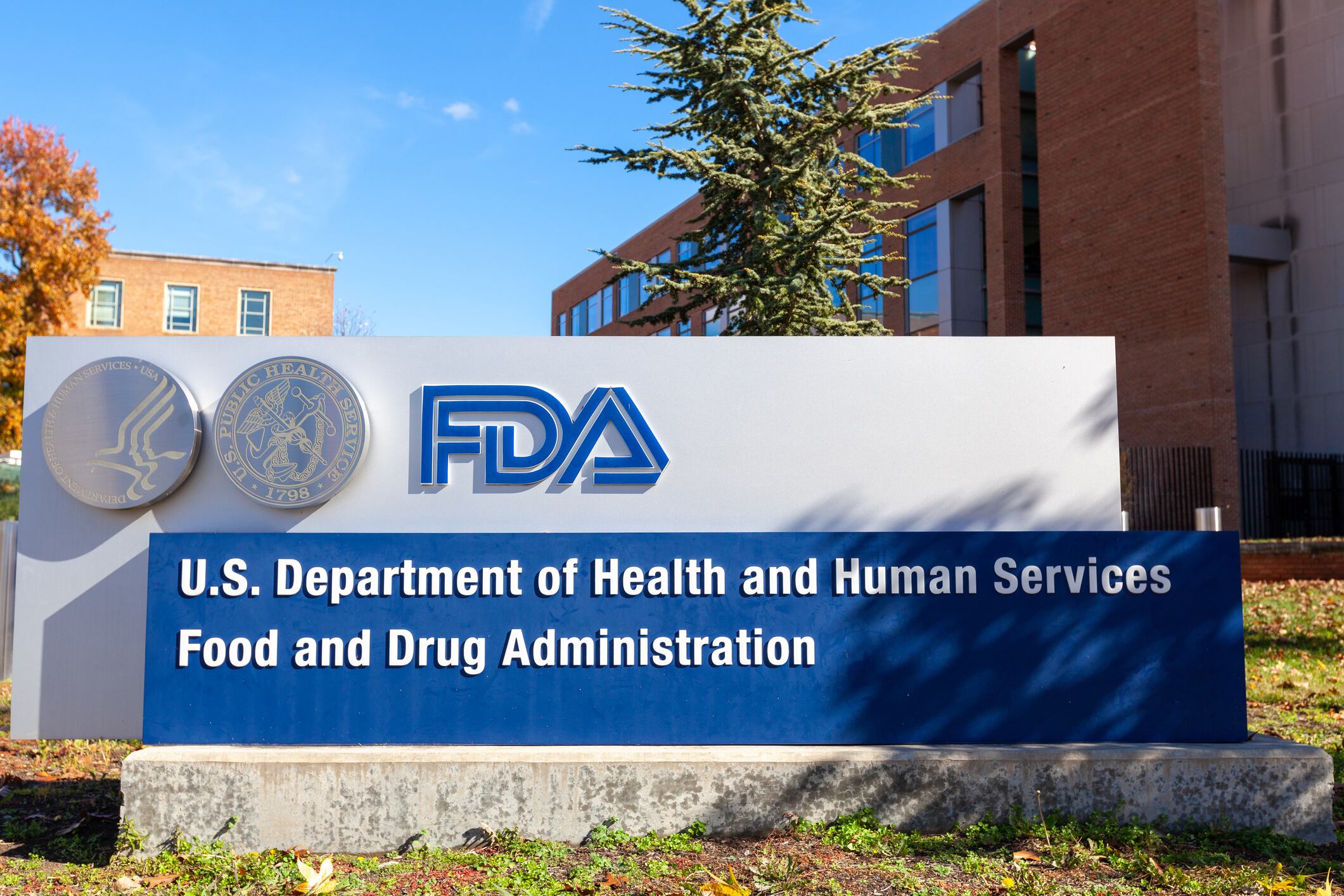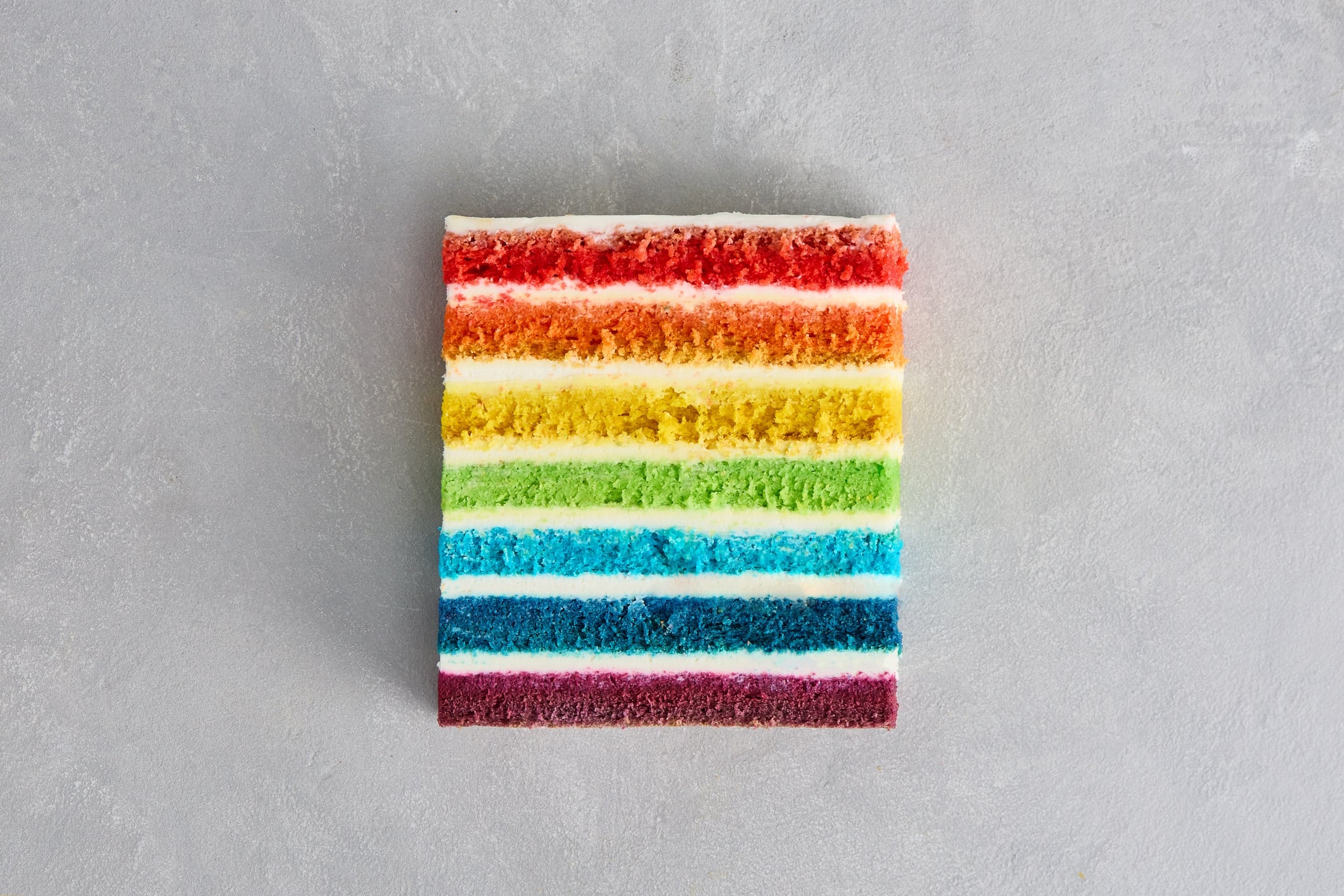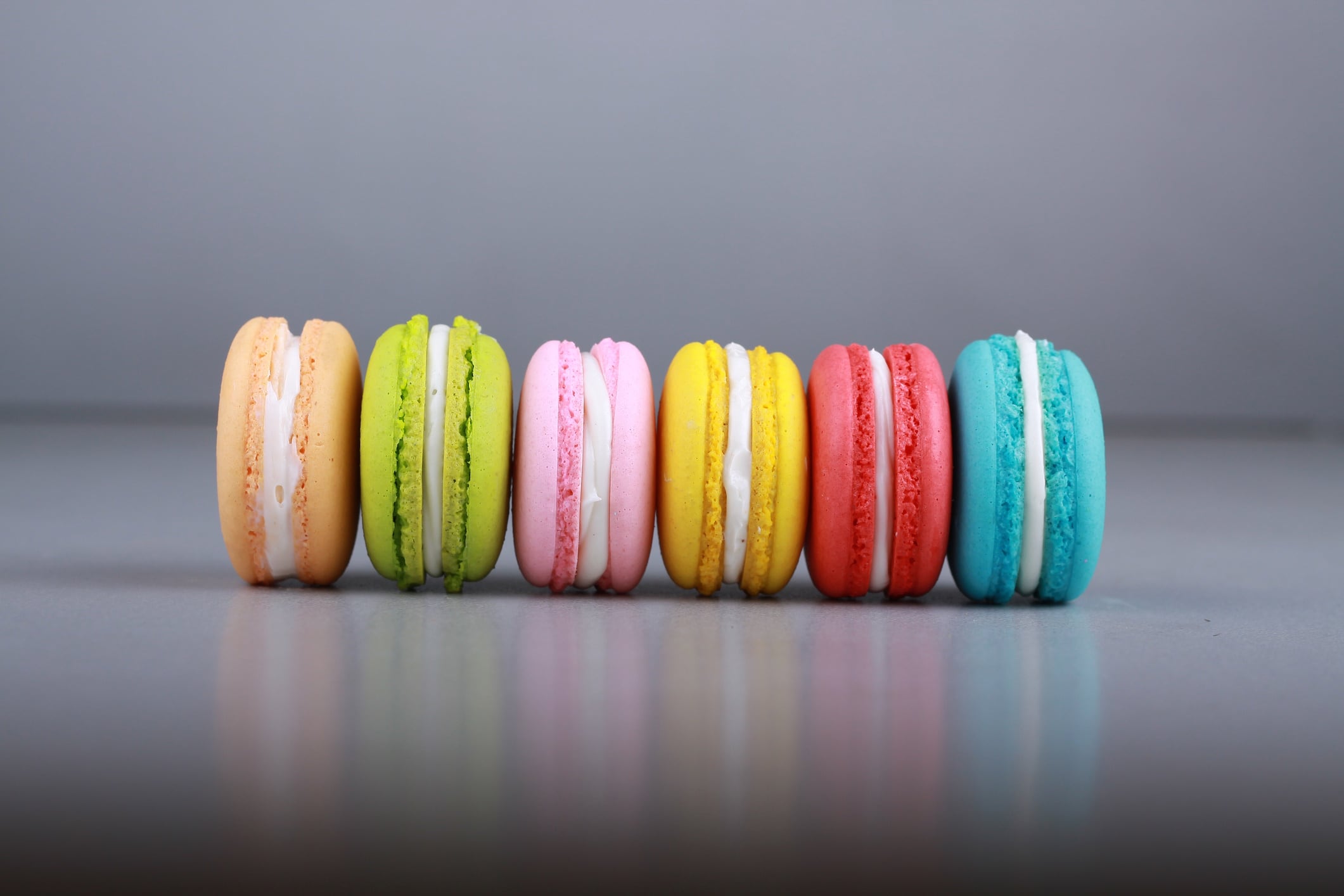Key takeaways:
- Bakery and snack makers are phasing out synthetic dyes early because consumer pressure and state-level restrictions are moving faster than federal regulation.
- Suppliers such as Oterra, Seprify and California Natural Color are rapidly expanding natural-color solutions, making large-scale reformulation more viable.
- Companies like Grupo Bimbo and ABA member bakeries show that early transition isn’t just possible but already happening, giving producers a clear incentive to act now.
When the American Bakers Association (ABA) rolled out its Baked Goods FD&C Colors Pledge earlier this month, it sent a clear message that the era of synthetic food dyes is winding down, and the baking industry intends to lead that transition rather than chase it. More than 90% of ABA member companies have committed to eliminating certified FD&C colors from all baked goods by December 31, 2028, extending the momentum of the earlier school meals pledge and pushing color reformulation firmly onto boardroom agendas.
And crucially, bakers aren’t jumping early out of caution alone – they’re jumping early because the cost of waiting has become higher than the cost of changing.
Federal agencies have signalled a clear move toward phasing out petroleum-derived synthetic dyes; several US states have already imposed tighter school-meal restrictions; retailers are raising ingredient standards; and the clean label consumer is firmly in the driver’s seat. Even without full regulatory enforcement, the market has already moved. Reformulating now gives manufacturers control over timelines, testing and cost modeling, rather than scrambling later under external deadlines.
That urgency is reinforced by major players who have already started their transitions. Grupo Bimbo, the world’s largest baking company, has pledged to remove all artificial colorants from its global portfolio by the end of 2026. With most of its daily consumption categories already free from artificial colors, it’s become a powerful proof point that large-scale reformulation is possible and underway.
Against this backdrop, the ABA commitment provides a useful unified deadline and sets a pace that leaves little time to waste.
The regulatory squeeze gets real

Synthetic dyes remain legally permitted under the Federal Food, Drug and Cosmetic Act, but the regulatory direction is unmistakable. Red No. 3 has a fixed removal date for food use in early 2027. Federal agencies have expressed their intention to phase out petroleum-based dyes more broadly and expect voluntary industry transition by the end of 2026. Several legacy dyes are already under review for withdrawal.
State-level action is adding further heat. A growing number of jurisdictions have introduced restrictions on synthetic dyes in school-nutrition programs. For producers supplying those channels, compliance deadlines may arrive well before federal ones.
Eric Dell, ABA President and CEO, framed the industry’s commitment clearly: “Today’s announcement reinforces our industry’s commitment to serve Americans by formalizing a date to remove certified FD&C colors. By uniting around this pledge, our members are building on their progress in this space, going beyond what’s required and responding to evolving consumer desires.” His words underscore how many manufacturers view early reformulation as a proactive business strategy rather than a defensive compliance move.
The expanding range of approved natural colorants – including more stable botanical blues and cleaner, whiter alternatives – is also widening the path to transition.
What are FD&C dyes?
FD&C dyes are synthetic color additives certified by the US Food and Drug Administration for use in foods, drugs and cosmetics. These petroleum-derived dyes – such as FD&C Red No 3 or FD&C Blue No. 1 – must undergo batch-by-batch certification to verify purity and composition.
While they remain legal, scrutiny has increased due to evolving toxicology reviews, shifting consumer sentiment and growing state-level restrictions. That’s why many bakery and snack makers are moving to replace FD&C dyes with naturally derived alternatives long before federal mandates take effect.
Suppliers are racing ahead

Natural-color suppliers are moving fast to meet the industry’s needs. Oterra’s new partnership with Swiss materials innovator Seprify represents one of the most meaningful advances in next-generation whitening. By integrating Seprify’s patented cellulose-based white, Oterra can now offer a renewable, plant-based alternative to titanium dioxide that delivers the opacity, brightness and dispersion performance manufacturers depend on.
Luc Ganivet, Oterra’s chief innovation officer, highlighted the importance of the breakthrough. “This new source of white gives us better options for a broader range of food and beverage applications.” Its sustainability attributes also matter. “Together with Seprify, we’re ensuring that performance, safety, and sustainability go hand in hand for the next generation of food formulations,” he added.
Seprify’s cofounder and CEO Dr Lukas Schertel echoed the commercial shift, emphasizing that the cellulose platform is proving “natural materials can deliver the same whitening performance as titanium dioxide while cutting CO₂ and meeting new legislative demands.”
On the vibrant end of the spectrum, California Natural Color has expanded its fruit- and vegetable-based portfolio to support manufacturers phasing out synthetic reds such as Red No. 3. “We understand the urgency and complexities involved when transitioning away from Red Dye No. 3,” said marketing manager Dana Osborn. Its crystal-format natural colors offer high concentration, fast solubility and long shelf life – attributes that matter greatly to high-speed bakery and snack lines.
Color technology manager Jay Howard, however, reinforces that transitions often require process adjustments. “Imagine a strawberry-flavored smoothie, previously colored with Red Dye No. 3, now boasting an equally appealing and stable pink hue from a natural source such as California Natural Color’s Pure Red Carrot. These are the transformations our team is supporting as we work closely with manufacturers, empowering them to not only meet regulatory demands but also find reformulation strategies that ensure consumer expectations are met in the long-term when using natural colors for clean label products. This may mean our team recommends a process change, such as adding the color after the heat process.”
Even consumer-facing brands are embracing natural color storytelling. Garden Veggie Snacks recently showcased botanical dyes like indigo, marigold, madder root and pomegranate rind in a playful Snack Suit campaign – reinforcing how natural color can become an extension of brand identity as well as formulation.
What bakers and snack makers must do now

The transition toward natural color is no longer optional. Four immediate steps can help producers stay ahead:
Audit your entire color footprint: Identify all SKUs containing synthetic dyes or titanium dioxide. Prioritize iced goods, decorated items and products supplying schools or institutional channels.
Deepen supplier collaboration: Natural colors behave differently from synthetics. Oterra’s cellulose-based white disperses differently than titanium dioxide. California Natural Color’s reds can shift with pH, fat or heat. Request full stability data, run trials early and adapt processes where necessary.
Simplify your consumer messaging: Shoppers want clarity. Claims such as ‘no certified synthetic dyes’ or ‘colored with fruit and vegetable sources’ resonate – as long as documentation and traceability are solid.
Model costs and operational impacts now: Natural colors often come at a premium and may require process adjustments. Sometimes it’s more effective to embrace the softer, naturally derived aesthetic rather than recreate the intensity of synthetics.
Clean color is becoming the new default. With the ABA setting the timeline, regulators stepping up the pressure and suppliers like Oterra, Seprify and California Natural Color delivering next-generation solutions, the industry’s path forward is increasingly defined. Grupo Bimbo’s portfolio-wide commitment shows that large-scale transitions aren’t just feasible – they’re already underway.




